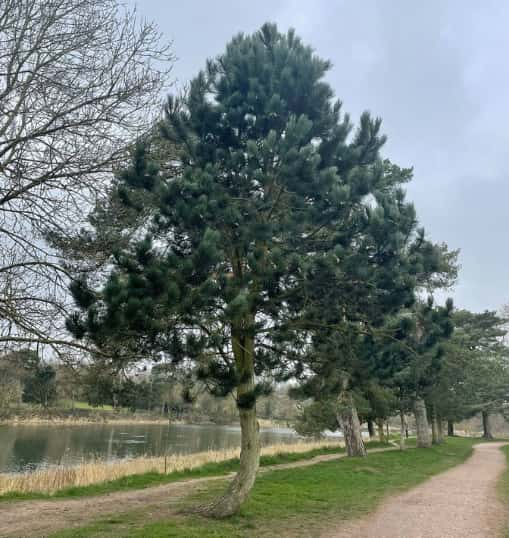Introduction: Coastal environments offer a unique blend of natural beauty and challenging conditions for trees. The salty sea air, strong winds, and sometimes harsh weather can significantly challenge tree health and aesthetics. However, with proper care and tree reshaping, it’s possible to create thriving and attractive landscapes along the coast. Eye Tree Surgeons will explore the importance of tree reshaping in coastal climates, focusing on salt tolerance and maintenance practices in this blog post.
Understanding Coastal Challenges
Coastal climates are characterised by their proximity to the ocean, bringing salt spray and high humidity. These environmental factors can take a toll on trees, impacting their health and appearance in several ways:
- Salt Damage: Salt spray from the ocean can accumulate on tree foliage, leading to burn-like symptoms, discolouration, and reduced leaf and branch health.
- Wind Stress: Coastal areas are often windy, and strong winds can bend, break, or uproot trees, particularly those with weak or unbalanced structures.
- Soil Salinity: Coastal soils may have higher levels of salt content, which can negatively affect root systems and nutrient uptake in trees.
- Storm Damage: Coastal regions are susceptible to storms and hurricanes, which can cause severe damage to trees if they are not adequately prepared.
Tree Reshaping for Salt Tolerance
Tree reshaping in coastal climates should focus on enhancing salt tolerance and mitigating the adverse effects of salt exposure. Here are some strategies to consider:
- Species Selection: Choose naturally salt-tolerant tree species. Some examples include coastal live oak, wax myrtle, and Eastern red cedar. These trees have evolved to thrive in coastal conditions.
- Regular Pruning: Professional tree surgeons can help remove damaged or salt-stressed branches, improving overall tree health and aesthetics.
- Structural Support: Strengthen the tree’s structure through cabling and bracing. This can help prevent wind damage and maintain tree integrity during storms.
- Mulching: Applying a layer of organic mulch around the tree base can help reduce soil salinity and conserve moisture, benefiting tree roots.
- Irrigation: In periods of drought or excessive salt exposure, consider supplemental irrigation to flush excess salt from the soil.
- Fertilisation: Use specialised, low-salt fertilisers to provide essential nutrients to trees without exacerbating salt-related issues.
Maintenance Practices
To maintain healthy and thriving trees in coastal climates, ongoing maintenance is crucial:
- Regular Inspections: Schedule tree inspections to identify early signs of salt damage, disease, or structural issues.
- Pruning and Trimming: Trim branches and thin canopies to improve air circulation and reduce the risk of fungal infections common in humid coastal climates.
- Storm Preparedness: Before hurricane season, assess tree health and consider professional pruning and bracing to minimise the risk of storm-related damage.
- Salt Wash-Off: After storms or periods of heavy salt exposure, rinse tree foliage and the surrounding soil with fresh water to remove excess salt.
- Professional Care: Engage certified arborists and tree surgeons with expertise in coastal tree care to ensure the best possible maintenance practices.
Conclusion: Coastal climates offer a unique and picturesque setting for tree landscapes but also present specific challenges. Tree reshaping and maintenance practices tailored to salt tolerance are essential for preserving trees’ health, beauty, and longevity in coastal environments.
Call us on: 01379 773 584
Click here to find out more about Eye Tree Surgeons
Click here to complete our contact form and see how we can help with your tree’s needs.

